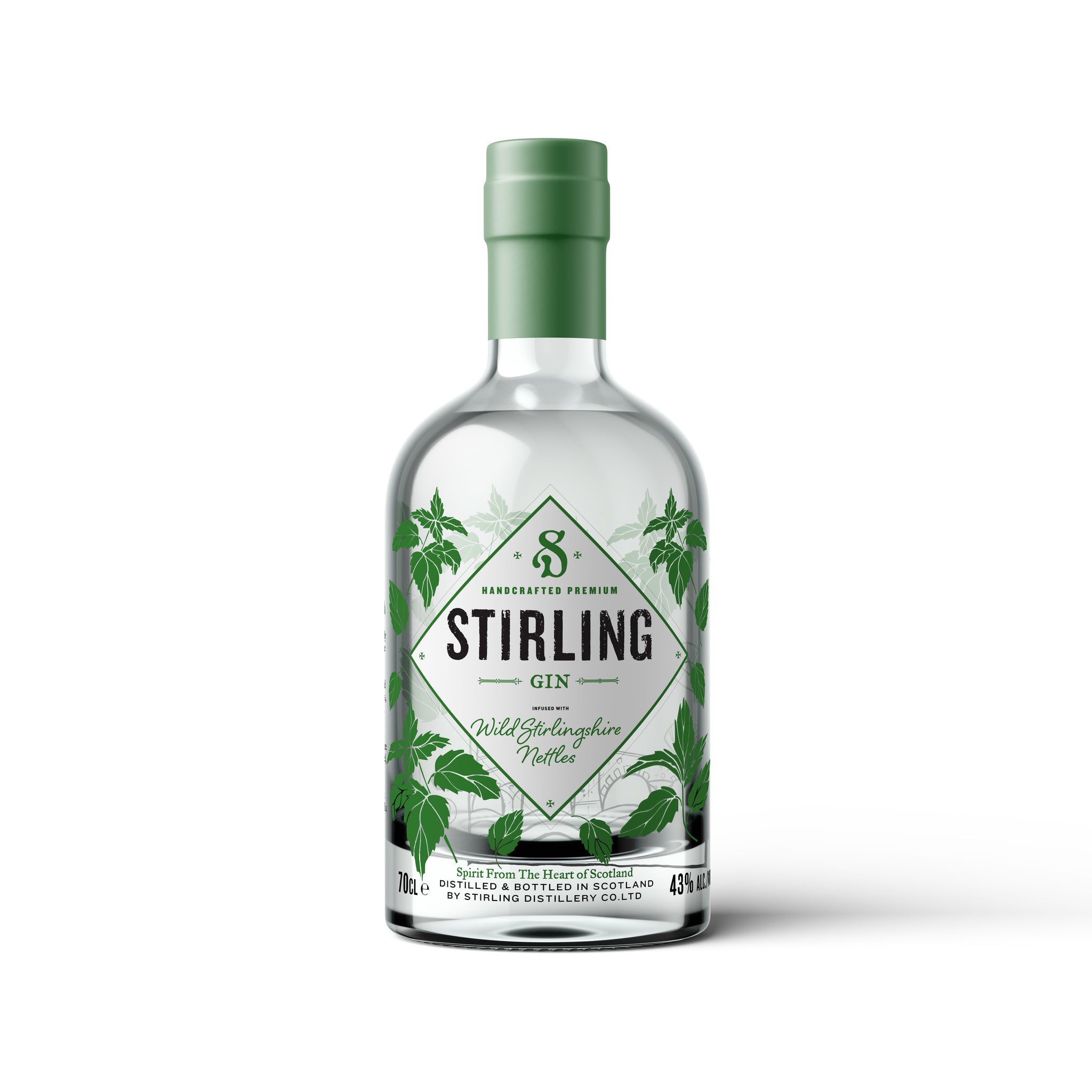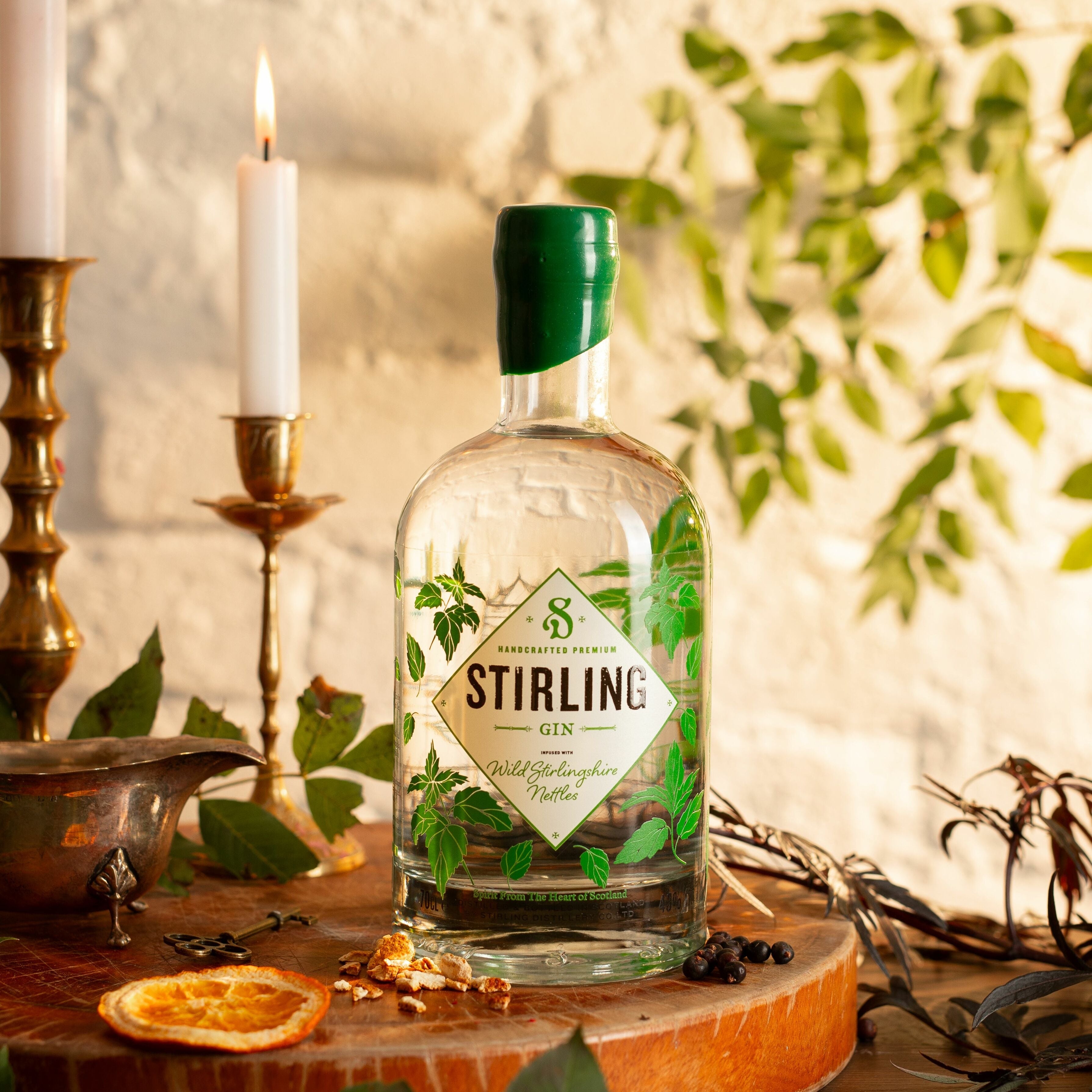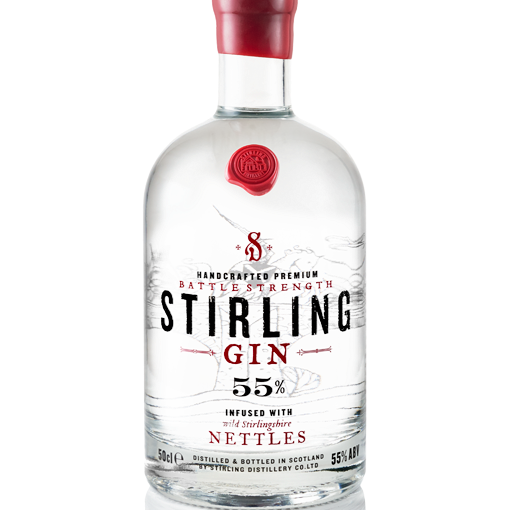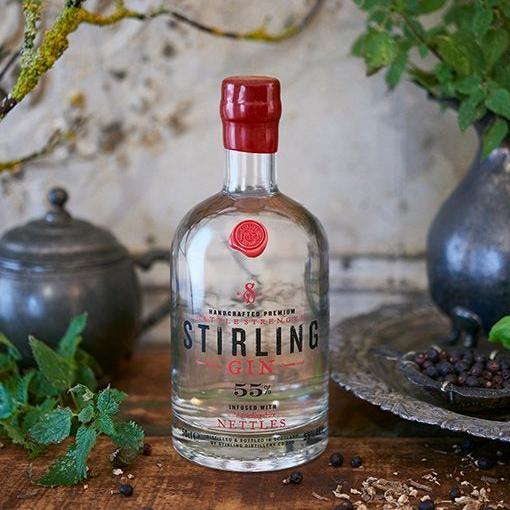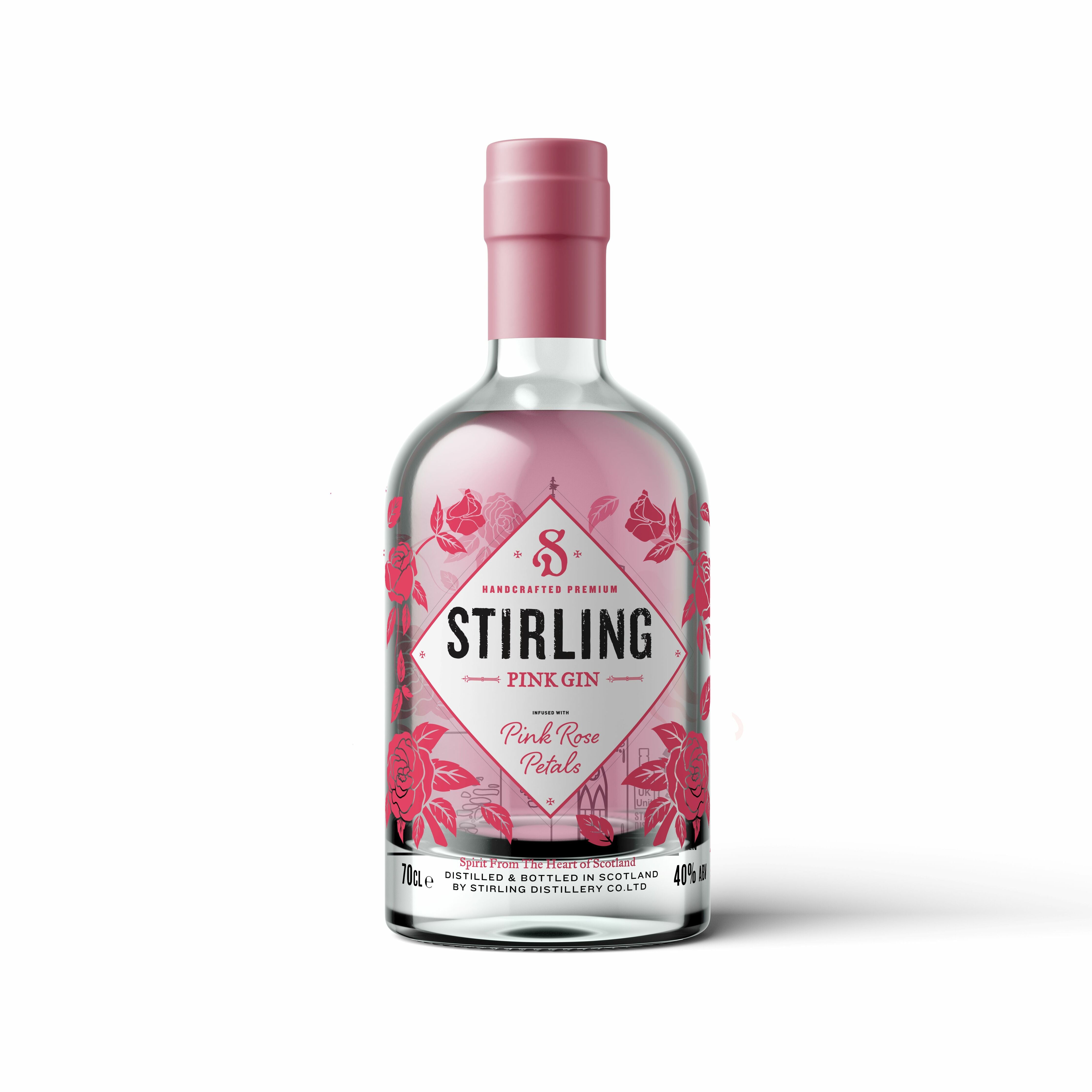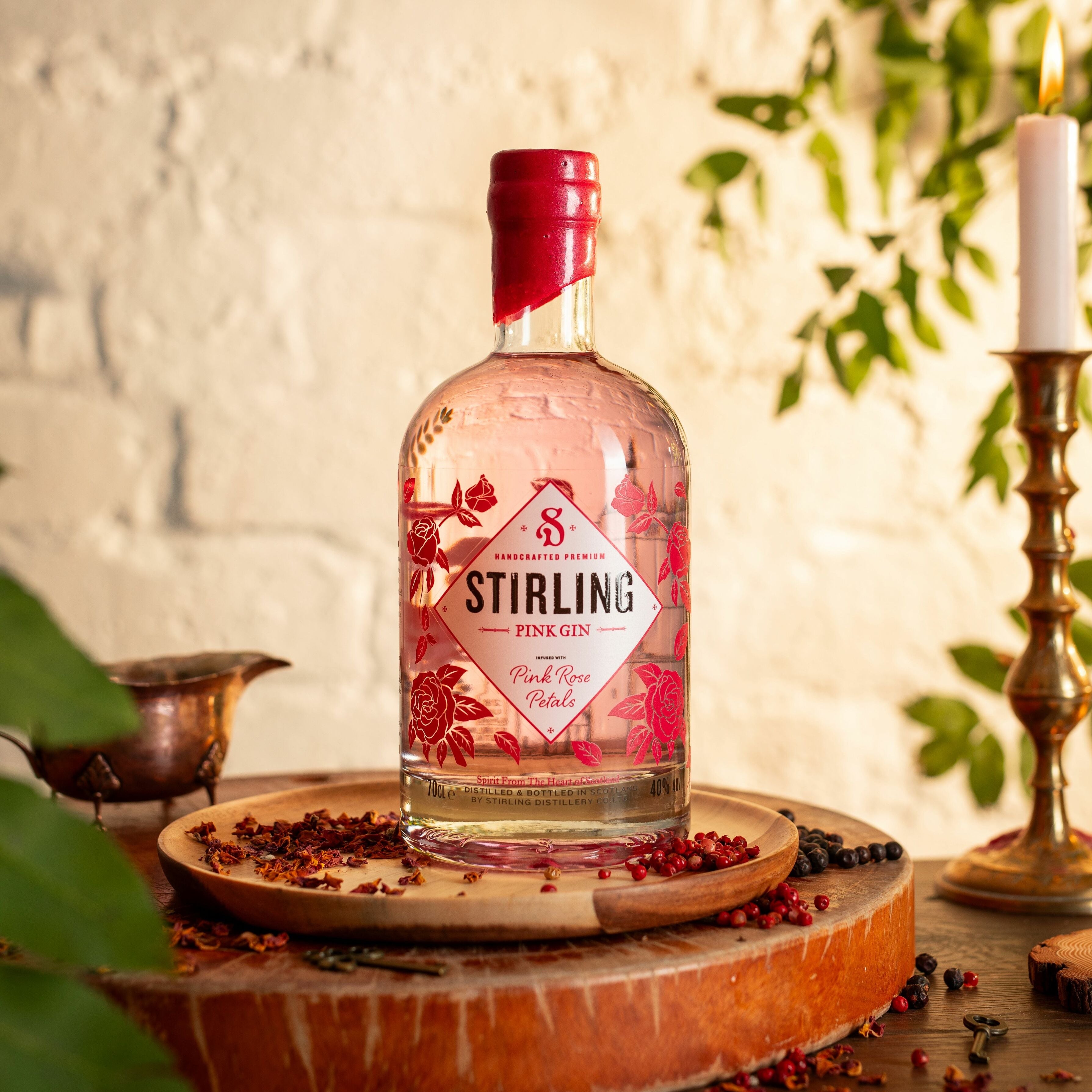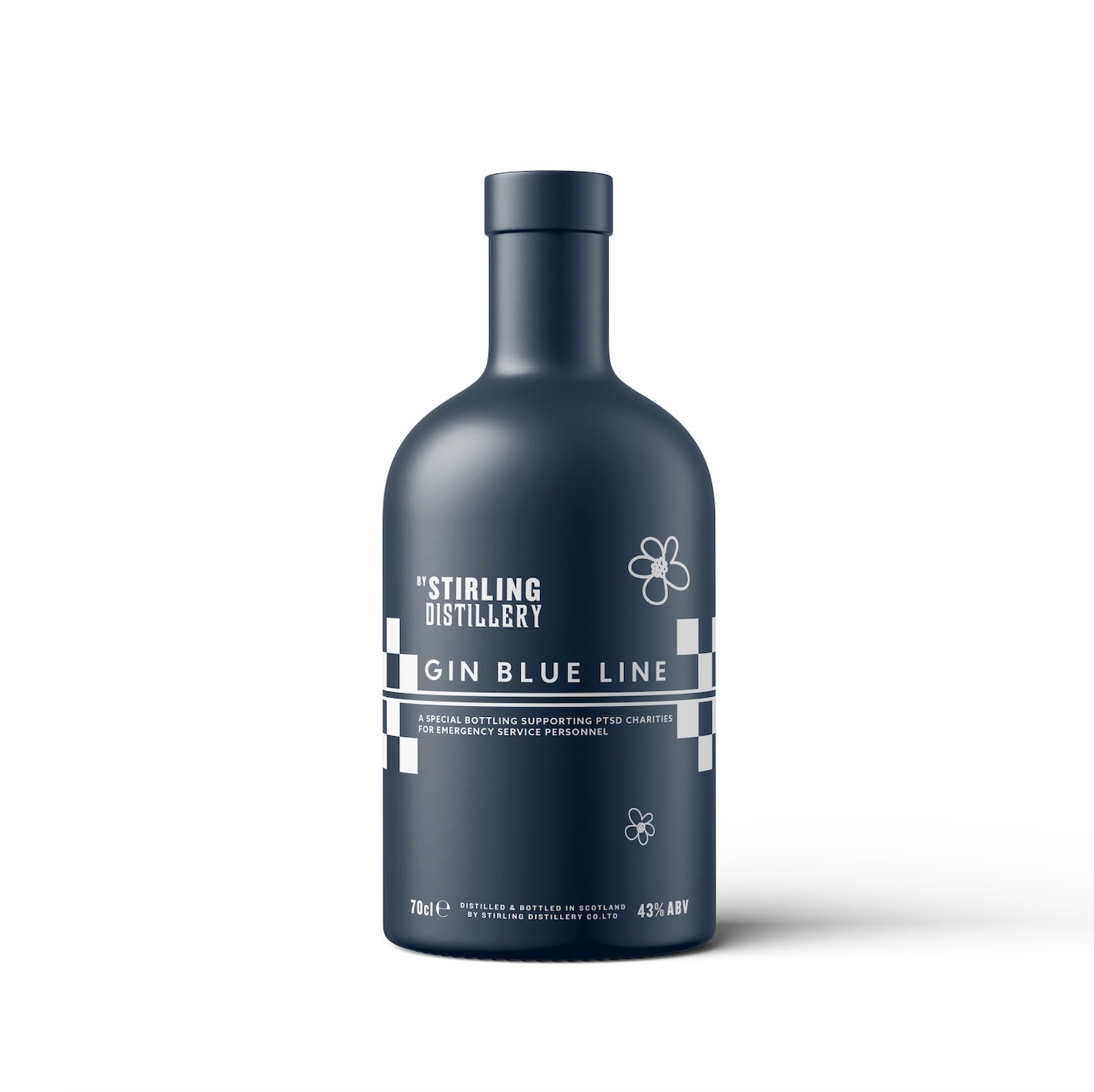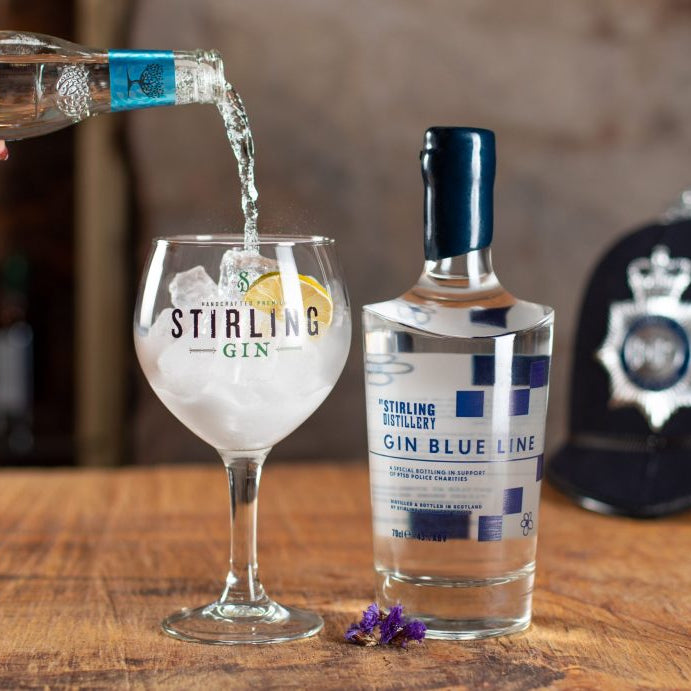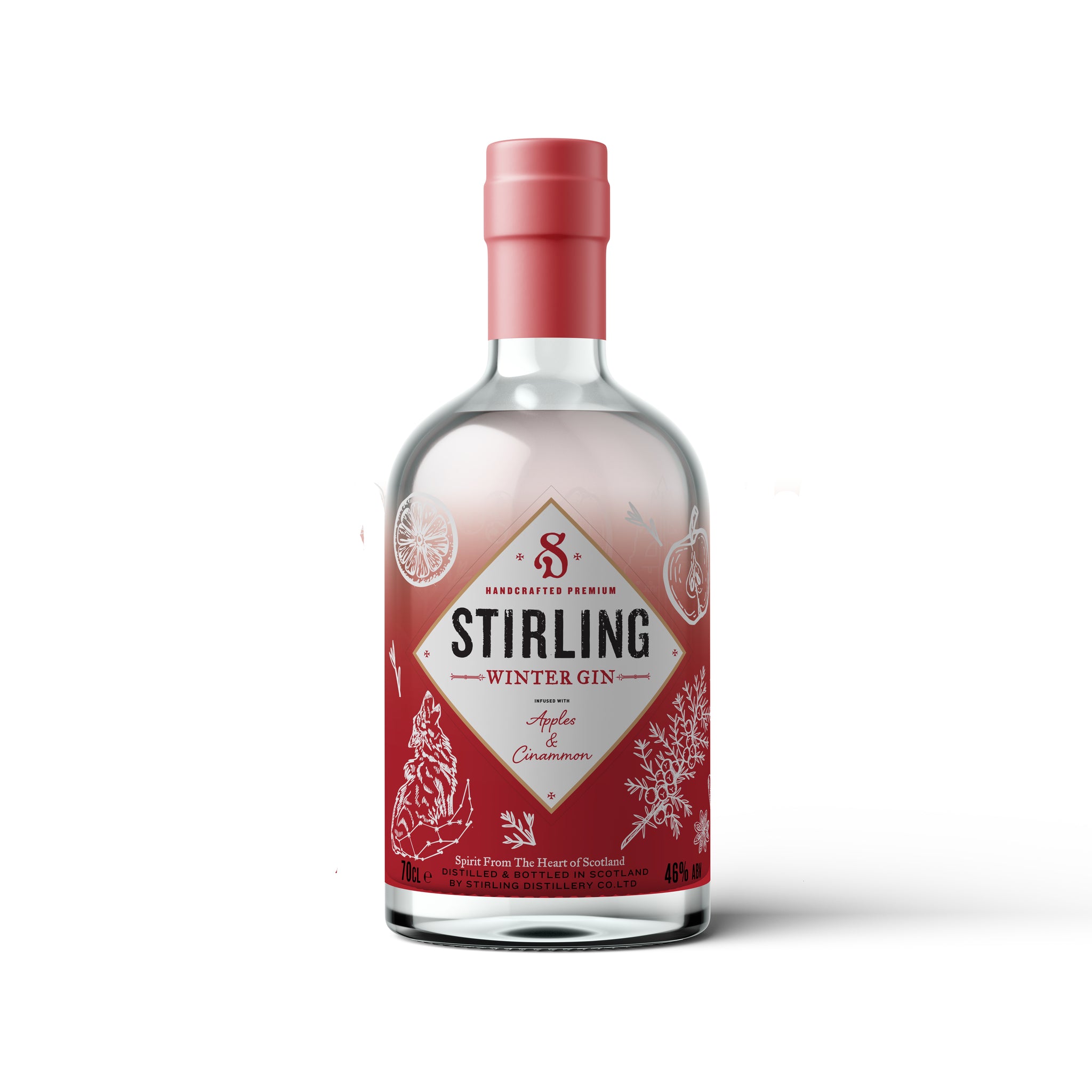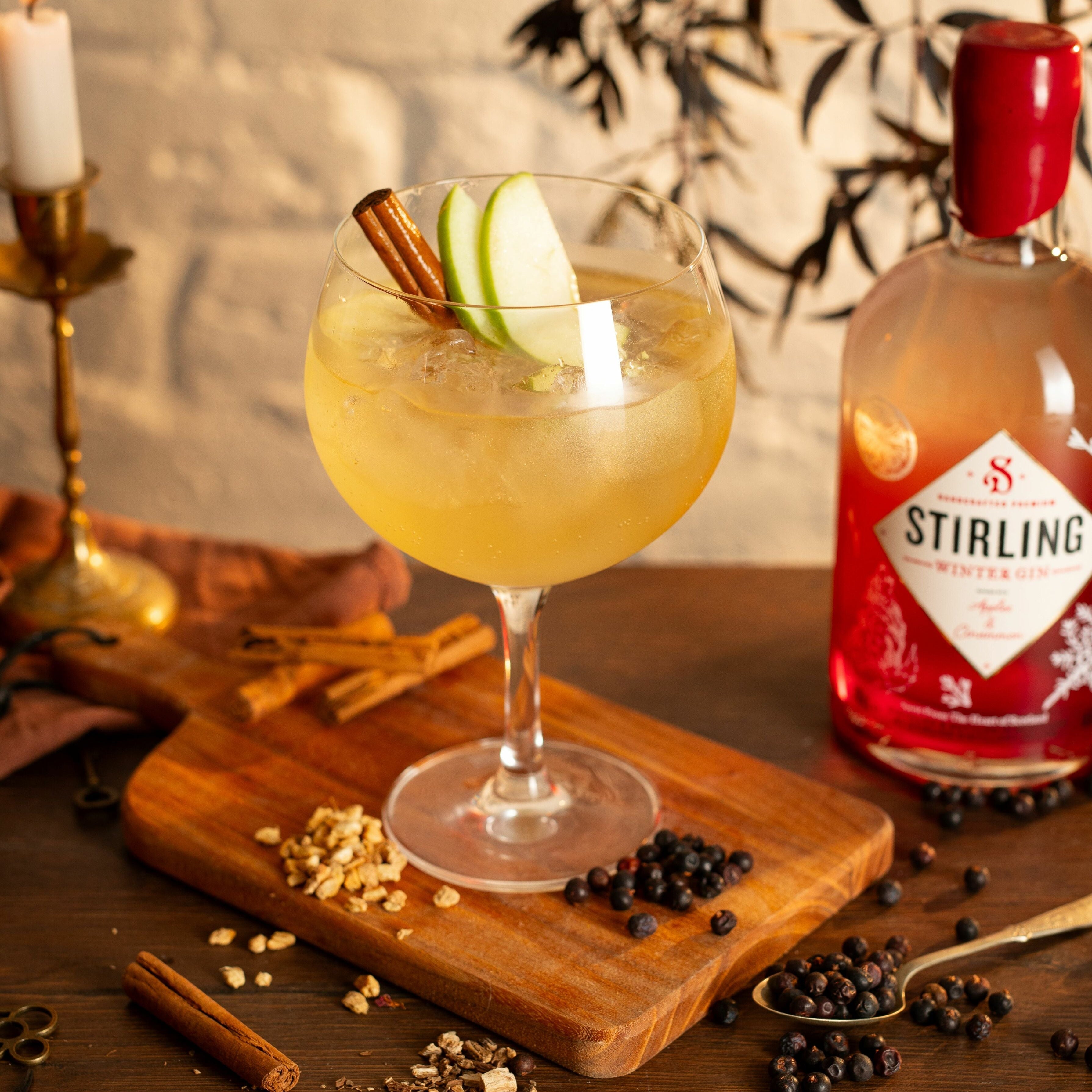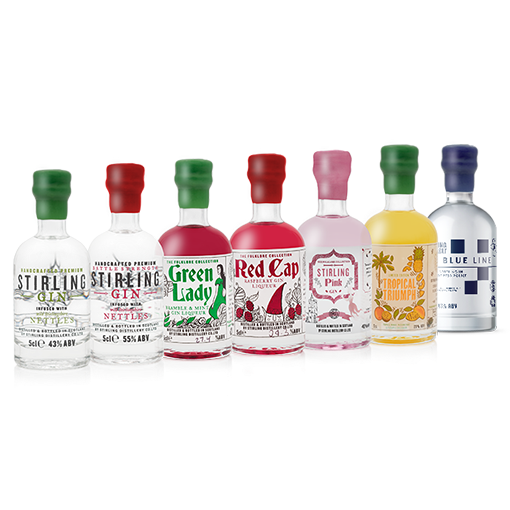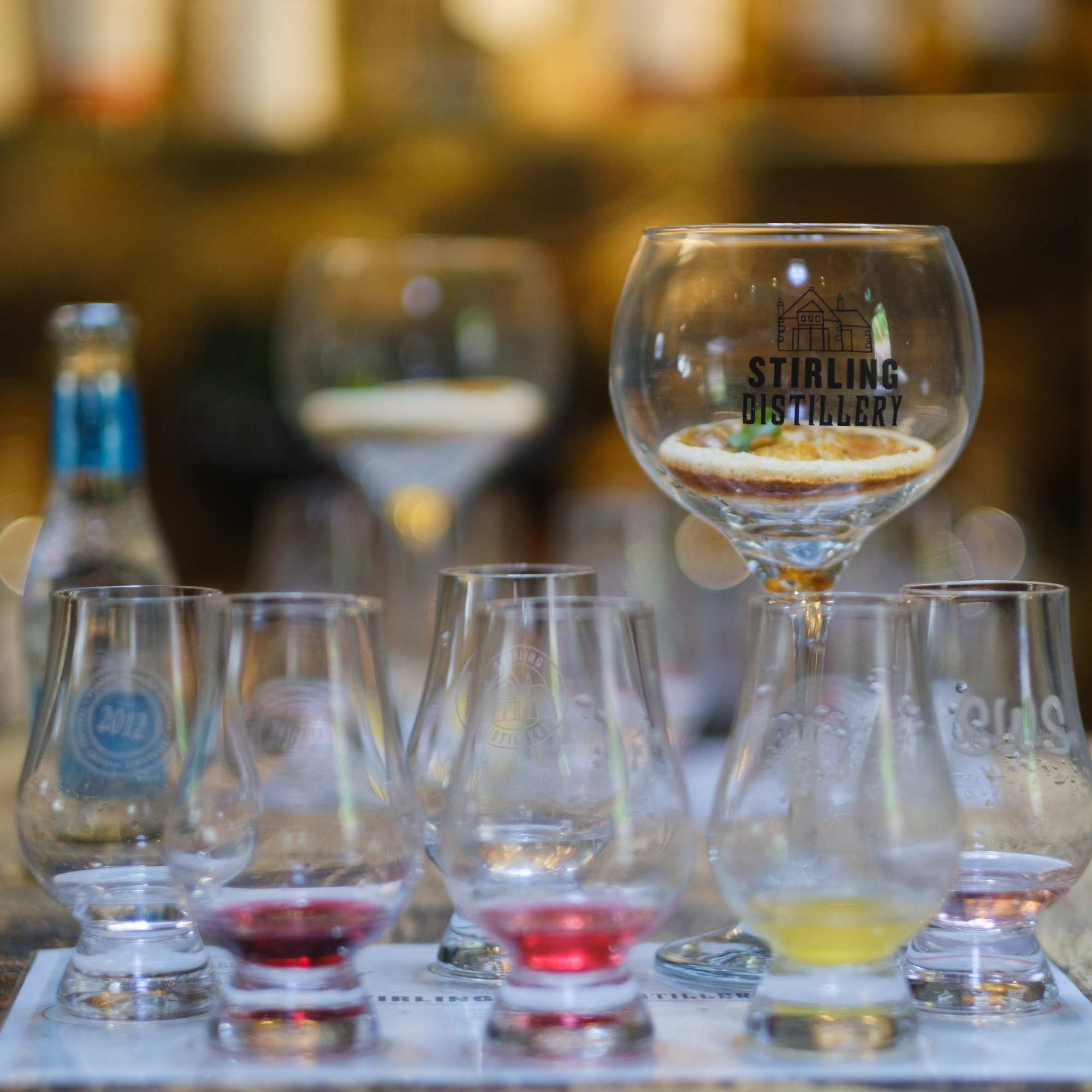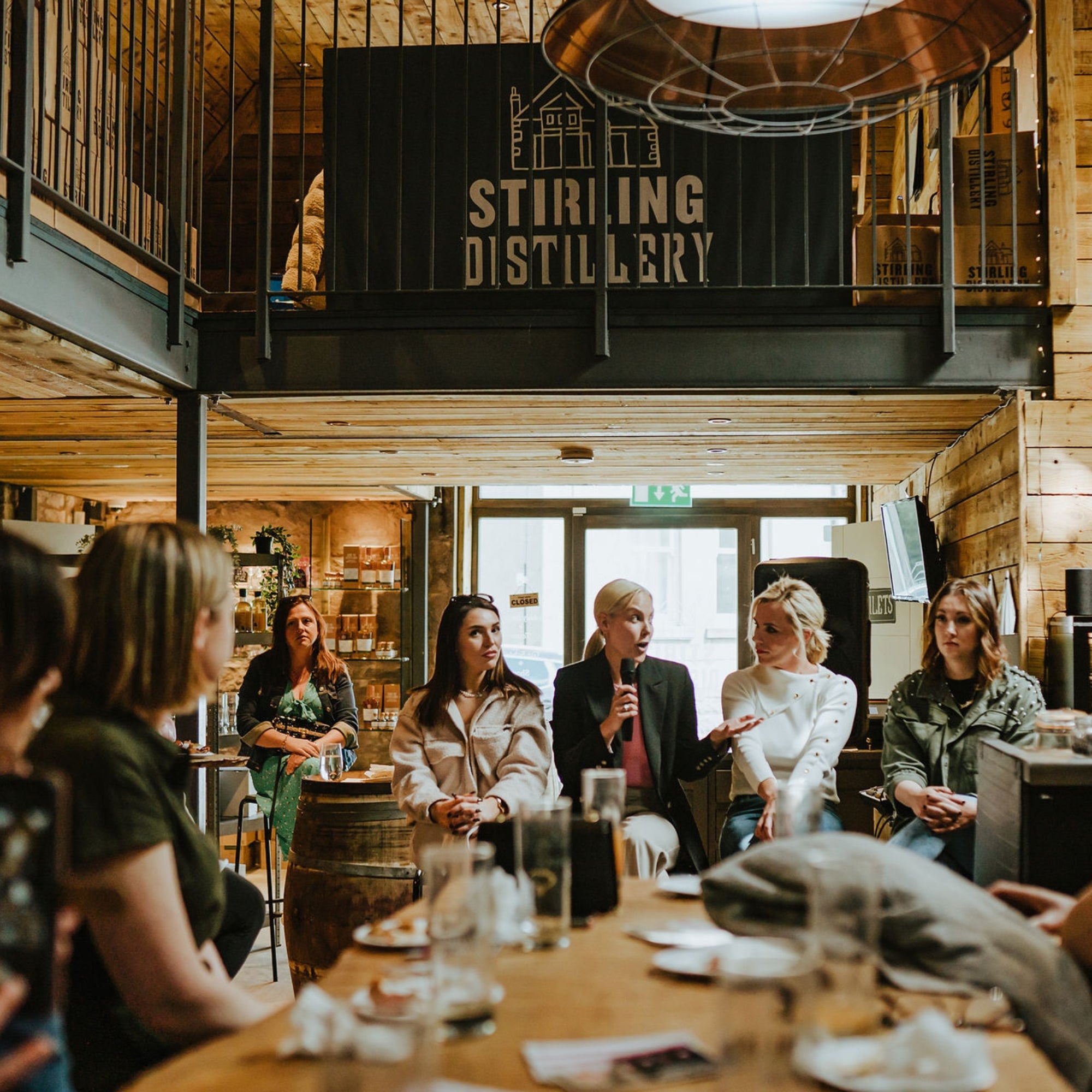Why Are Prices for Single Malt Scotch Whisky Rising?
By Dr. Michael Bäcker
Whisky lovers may have noticed that the price of Single Malt Scotch Whisky continues to climb, despite a market that should, in theory, favour buyers. But what’s behind this trend? The answer lies in a combination of scarcity, rising production costs, environmental regulations, and the increasing shortage of quality casks.
1. Scarcity and Increasing Demand
The global demand for high-quality whisky is soaring, while availability remains limited, driving prices higher.
- Production shortages due to COVID-19: The pandemic led to a decrease in whisky production, and because whisky must mature for years, this shortfall will be felt for a long time.
- High demand for aged single malts: Older whiskies are particularly sought after due to their limited availability.
- Whisky as a collector’s item: Limited editions and increasing interest from international markets add to the pressure on pricing.
Market Dominance & Barriers to Entry
The whisky market is dominated by large corporations, with companies like Diageo owning nearly a third of all Scottish distilleries. For new distilleries, the risks are high – whisky takes years to mature before it can be sold, meaning significant upfront investment in production, staffing, and storage.
2. Rising Production Costs
The cost of making whisky is increasing due to several factors:
- Supply chain issues and Brexit: Importing bottles, closures, and labels has become more expensive, and rising transport costs add another layer of expense.
- Energy costs and evaporation losses: Distillation is energy-intensive, and the Angel’s Share – the natural loss of whisky to evaporation – means that older whiskies lose significant volume over time.
- The cost of stills: These copper vessels, essential for whisky production, are custom-made and costly, with a 1,000-litre still priced at around £100,000.
- Cask management: High-quality casks are essential to flavour development, but they come at a significant cost.
3. Environmental Regulations & Sustainability
The whisky industry is adapting to stricter environmental standards, which inevitably adds to costs:
- Net zero emissions by 2040: Distilleries are investing in renewable energy and carbon reduction technologies.
- Sustainable production: Water recovery, waste reduction, and eco-friendly packaging contribute to higher expenses.
- Peatland restoration: Essential for preserving the distinct flavour of peated whiskies, restoration projects are necessary but costly.
- Innovative sustainability projects: Some distilleries are implementing creative measures, such as using biomass boilers for energy efficiency.
4. The Growing Cask Shortage
Casks play a crucial role in whisky maturation, but their availability is decreasing:
- Limited supply of high-quality oak casks: Ex-bourbon and ex-sherry casks are in high demand, and as sherry, madeira, and port consumption declines, fewer casks enter circulation.
- Rising cask costs: Casks make up around 15% of whisky production costs, and this percentage continues to rise.
- Coopering as a dying craft: Skilled coopers are becoming scarce, increasing the cost of cask production and maintenance.
- Cost of sherry casks: A 600-litre Oloroso sherry oak cask, in which sherry has matured for 20 years, can cost up to €20,000 from a reputable bodega – and that’s before it’s used for whisky.
5. Inflation as an Additional Price Driver
Beyond all these factors, inflation impacts the cost of raw materials, transport, storage, and production, further pushing whisky prices up.
Conclusion
Single Malt Scotch Whisky prices are increasing due to scarcity, rising production costs, environmental regulations, and the limited availability of casks. These trends are likely to continue shaping the industry’s pricing.
However, while the prices of older and collectable whiskies soar, newer and independent distilleries continue to produce high-quality whisky at more reasonable prices. Supporting these smaller producers not only ensures you get a great dram but also helps keep the whisky industry diverse and innovative.
So next time you raise a glass, consider exploring what Scotland’s independent distilleries have to offer.
Slàinte Mhath!


